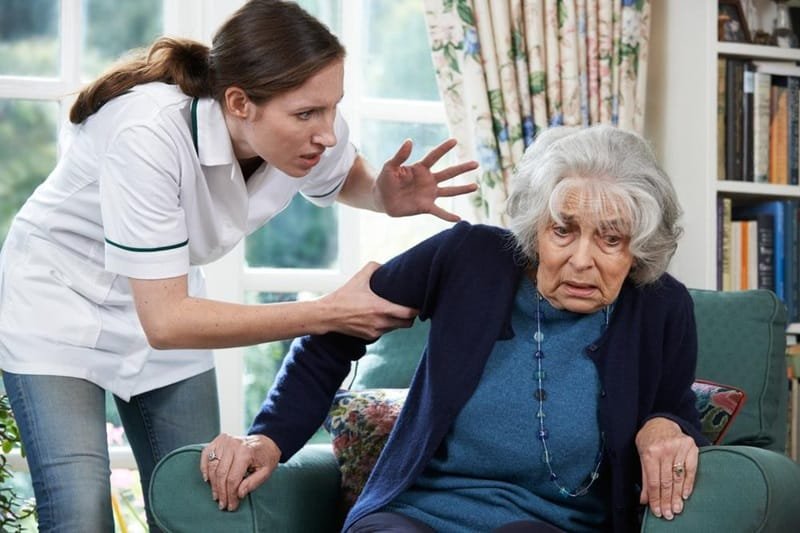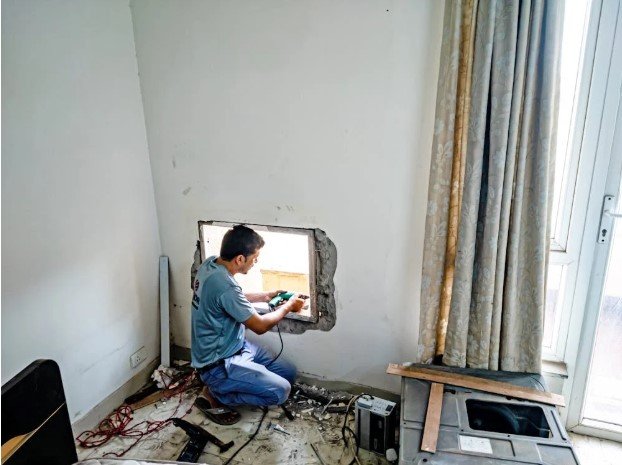Recognizing the warning signs of nursing home abuse is crucial for ensuring the safety and well-being of our loved ones. Elderly individuals often rely on caregivers for their daily needs and comfort, placing a deep trust in their hands. When this trust is broken, it can have serious consequences. Physical signs like unexplained bruises or bedsores might be clues. Emotional changes, such as sudden withdrawal or fear, are also red flags. Financial warning signs, like missing money or belongings, should not be ignored. Understanding these indicators helps to take swift action. Sometimes the next step involves consulting with a nursing home abuse lawyer in Cedar Rapids to protect the rights of those affected. By staying informed, we can ensure the elderly receive the respect and care they deserve. This knowledge empowers families to advocate for their loved ones, maintaining their dignity and quality of life.
Physical Signs of Abuse
The physical signs of nursing home abuse are often the most noticeable. Bruises, cuts, or other unexplained injuries can indicate mistreatment. Bedsores, a result of neglect, are another severe concern. Pay attention if an elderly person has frequent falls or fractures. These signs might point to rough handling or inadequate supervision.
| Physical Sign | Possible Indication |
| Bruises or Cuts | Physical Abuse |
| Bedsores | Neglect |
| Frequent Falls | Inadequate Supervision |
Emotional and Psychological Indicators
Changes in emotional or psychological states can also be warning signs. An older adult who was once sociable may become withdrawn. Fear around certain staff members or unexplained changes in behavior are also concerning. Depression and anxiety can be symptoms of emotional abuse. Monitoring these changes requires patience and attention.
Financial Abuse Warning Signs
Financial abuse is a growing concern in nursing homes. Look for sudden changes in bank account balances or unusual transactions. Missing personal belongings or unauthorized access to an elder’s financial resources are red flags. This type of abuse can be devastating, stripping away financial security in vulnerable years. For more detailed guidance, refer to the U.S. Government’s resource on elder abuse.
Neglect as a Form of Abuse
Neglect occurs when caregivers fail to provide adequate care. This can result in malnutrition, dehydration, or poor personal hygiene. Neglect might be harder to spot but is just as harmful. Notice if an elderly person appears unkempt or if their living conditions are unsatisfactory. Checking regularly on hygiene and maintenance routines can prevent neglect.
Steps to Take if You Suspect Abuse
If you suspect nursing home abuse, acting quickly is essential. Document any signs or incidents you notice. Take photos of physical injuries and compile records of financial anomalies. Approach nursing home management with your concerns, and request an investigation. If the issue is not resolved, contact authorities or legal experts. The National Center on Elder Abuse provides valuable resources and support for these situations.
Preventive Measures and Advocacy
Ensuring regular visits to loved ones helps maintain their safety and morale. Establishing a rapport with staff members can also aid in monitoring care quality. Encourage open communication with elderly residents. They should feel comfortable sharing their experiences. Education on elder rights and protection is key. Families and caregivers must stay informed and vigilant.
Through awareness and action, we can combat nursing home abuse. Protecting the elderly is a shared responsibility. With knowledge and diligence, we can ensure their golden years are safe and dignified.



